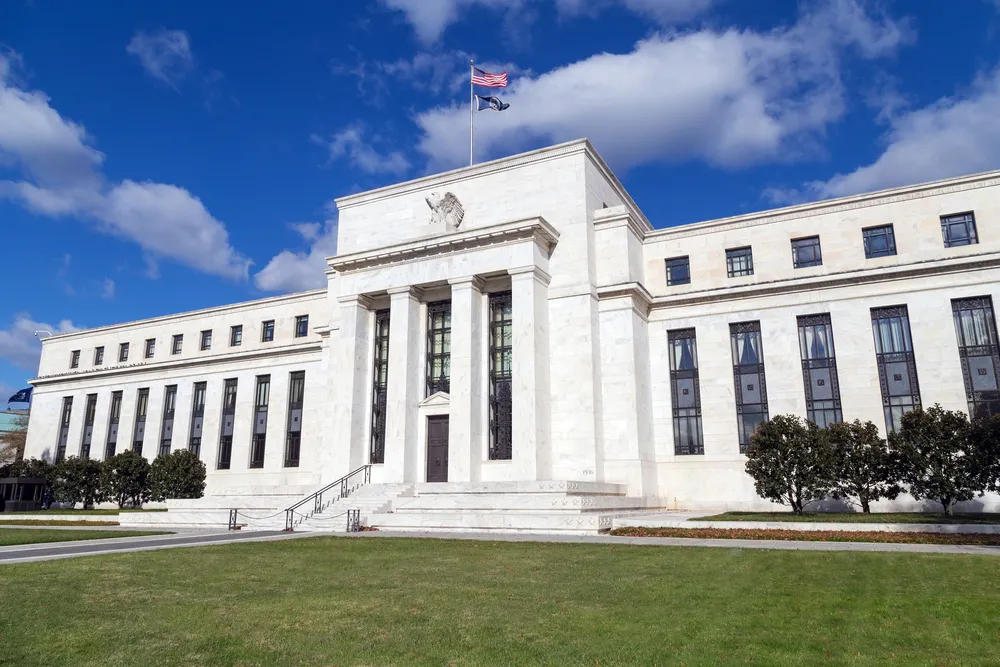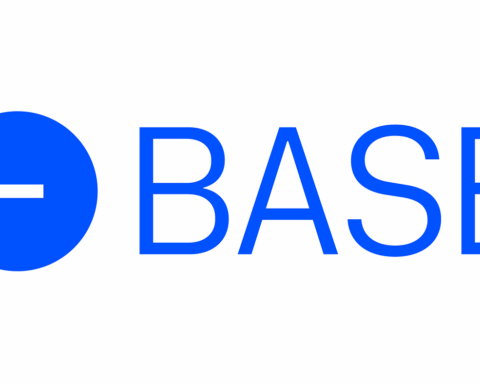According to the United States Federal Reserve, all 23 of the country’s largest banks have passed the “stress tests” and would be able to withstand a severe recession.
The report, released on June 28, highlighted some weaknesses among midsize and regional banks, although the stress tests only included the participation of the largest lenders.
In light of the banking crisis earlier this year, Federal Reserve policymakers have suggested that future stress tests could become more rigorous.
Michael Barr, the Fed’s vice chair for supervision, emphasized the importance of remaining humble in the face of potential risks and continuing efforts to ensure that banks are resilient to various economic scenarios, market shocks, and other stresses.
Since the 2008 financial crisis, which was caused by U.S. banks, bank stress tests have been conducted annually.
The purpose of these tests is to evaluate the potential losses the banking industry would incur in the event of skyrocketing unemployment and a significant contraction in economic activity.
In this year’s stress test, the Federal Reserve examined a severe global recession scenario that resulted in a 40% decline in commercial property prices and a 38% decline in home property prices.
In the worst-case scenario, unemployment would reach 10%, compared to the current rate of 3.7%. The tests revealed that the 23 largest banks would collectively experience losses amounting to $541 billion in this hypothetical scenario.
To receive a passing grade, a bank must maintain a stressed capital ratio of at least 4.5%, which serves as a crucial indicator of its financial strength, according to the Federal Reserve’s requirements.
Earlier this year, the American banking system was shaken by the collapse of several prominent institutions, including Silicon Valley Bank, Signature Bank, Silvergate Bank, and First Republic Bank.
Others, such as PacWest and Western Alliance, were also teetering on unstable ground.
To address the challenges faced by smaller banks, the Federal Reserve established the Bank Term Funding Program (BTFP) in March, actively providing bailout assistance.
Federal Reserve data indicates that over $100 billion has already been allocated to support struggling small and mid-sized banks.
Overall, the stress tests conducted by the Federal Reserve offer valuable insights into the resilience of the largest banks in the United States while underscoring the need for ongoing efforts to strengthen the banking sector and mitigate potential risks in the future.
Discover the Crypto Intelligence Blockchain Council




